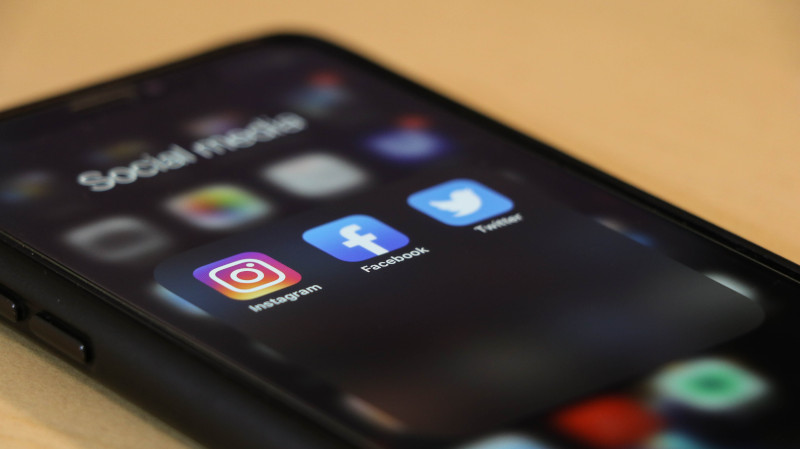Why Your Social Media Strategy Needs a Boost
Jenny Love
Published: 06/16/2020

Photo by Dole from Unsplash
This is a two-part series. In Part 1, we’ll be looking at why social media is taking center stage now in fundraising, and how to create an effective social media strategy. Part 2 tells you how to measure success on social media and how Sharp HealthCare Foundation used social media to boost performance of its Covid-19 response campaign.
The Rise of Social Media in Fundraising
Before the pandemic, many foundations had not had a thoughtful digital strategy, including social media. If they used social media at all, postings tended to be random in both timing and content. As lockdowns spread, however, digital channels quickly became the only way to interact with donors and the public. It has been a wakeup call for foundations across the country.
Social media has suddenly gone from a nice-to-have to an essential, an afterthought to a core strategy. It is the place foundations now need to tell their stories, create community, and ask people to come along with them.
“We've seen a lot of our clients even really enhance their game over the last couple of months,” said Betsy Chapin Taylor, president of Accordant Philanthropy. “It’s really exciting to see the expansion of this kind of digital platform in our nonprofits.”
How to Develop a Social Media Strategy
Creating a social media strategy can be a difficult task to philanthropy professionals who have used social media as a secondary tactic until now, but it doesn’t have to be if you follow a few guidelines.
Social media strategy should not stand on its own. Instead, foundations should think about how to integrate what they're doing in social media with what they are doing in other marketing channels, such as direct mail, email, and print media. And within social, look for platforms that are most likely to allow you to reach your intended audience with your message.
“The best place that our clients have seen engagement is on Facebook. Facebook has given them the ability to build communities, share photos, and interact with the majority of their constituents more effectively,” Betsy said.
On the other hand, the character limitations on Twitter make it hard to tell a story. To be successful on Twitter, you need to have great images and video, because you just don't have enough characters to really engage people with words.
If your constituency is business people, LinkedIn may be a good option. LinkedIn supports longer-form content, giving you a chance to tell a story.
Betsy has seen some clients have success on Instagram, but because the platform skews younger, successes have mostly been with lower-threshold annual giving donors. Instagram is less fruitful for engaging your most important, mid-level and major gift donors.
Whatever platforms you choose, consistency is key to success.
“Too many organizations have posted so inconsistently that no one has made them a part of their social media life,” Betsy said. “If you are not posting on a regular basis, you are failing to build a conversation.”
It’s also important to ensure that your posts are relevant to your audience, whether your audience is in your own backyard, across the country, or around the world.
“People are really willing to disconnect from you and to quit following you if you're putting out stuff that they don't want to see in their feed,” Betsy said.
Creating Content That Resonates on Social Media
An important rule for content creation for any channel, including social media, is to focus on the audience’s needs and interests, not on your own. Donors want to see things that feed them emotionally, encourage them, and inspire them.
One way to connect with donors on this level is through storytelling.
“The world is always about stories,” Betsy said. “The most powerful way that we can engage people is by telling stories of people and by sharing images of people.”
The Covid 19 pandemic certainly contains many tragic elements, but Betsy cautions against focusing too much on tragedy.
“There too many images on social media right now that are too dark. Early on [in the crisis], it was reflective of reality, and it was where we needed to go. Now we've reached a point where we need to get back to the inherent humanity in our work and talk about hope and moving forward,” she said.
Continue Reading Part 2